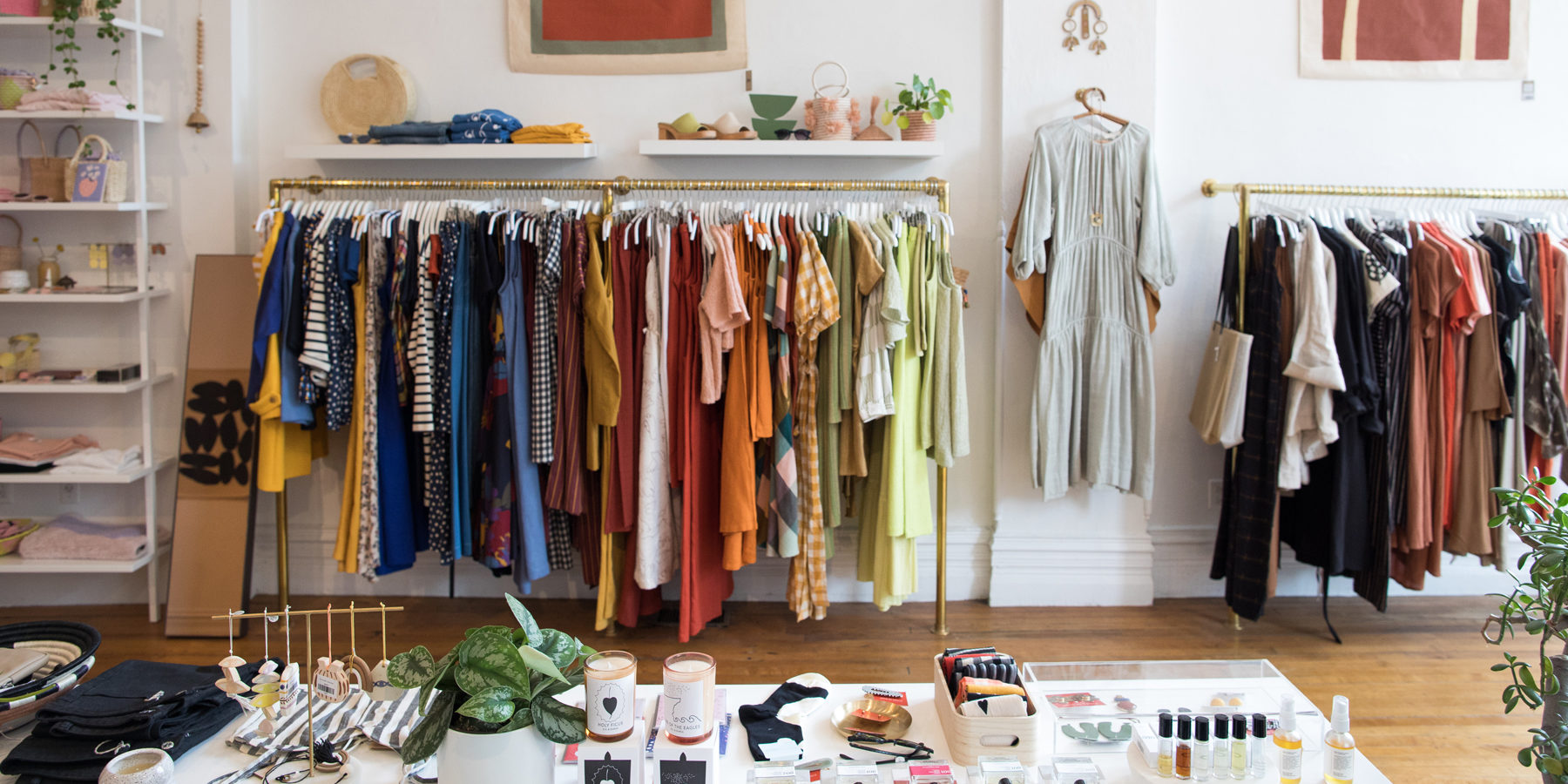Check Out the current Patterns in Boutique Fashion for every single Period
Check Out the current Patterns in Boutique Fashion for every single Period
Blog Article
Discovering the Development and Influence of Clothes on Modern Fashion Trends
The development of clothing has actually significantly affected modern-day fashion trends, merging historic criteria with innovative developments. Renowned figures like Coco Chanel and Yves Saint Laurent revolutionized the style market by introducing concepts that focus on convenience and ease of access, which continue to reverberate today.
Historic Fashion Influencers
In the tapestry of fashion history, particular numbers have left an enduring mark, shaping the fads and designs that specify entire periods. Coco Chanel, a revolutionary designer, redefined females's style by introducing comfy, classy clothing that departed from restrictive bodices.
Elsa Schiaparelli is one more pivotal number, renowned for her progressive designs that included surrealist art, collaborating with Salvador Dalí to develop whimsical pieces that tested conventional appearances. Her cutting-edge use of shade and strong patterns reverberates in modern style. Yves Saint Laurent, meanwhile, equalized haute couture with prêt-à-porter collections, bringing runway styles to the masses and setting a criterion for modern-day ready-to-wear lines.
These visionaries, to name a few, not just changed fashion in their times but likewise established sustaining fads that reverberate in today's garment industry, offering a foundation whereupon contemporary developers proceed to innovate and build. Their legacies underscore the value of creative thinking and bold in vogue's ever-evolving story.
Technical Innovations in Style
Among the vibrant landscape of the garment industry, technical innovations stand at the center of innovation, reshaping just how developers develop and customers involve with style. The combination of 3D printing has actually reinvented style processes, allowing designers to explore intricate frameworks and lasting products that were formerly unthinkable. This innovation assists in fast prototyping, decreasing waste and speeding up production times.

Smart fabrics, embedding technology into textiles, are also transforming the industry. Technologies like self-cleaning and temperature-regulating materials offer boosted capability and comfort. Wearable technology, incorporating attributes like fitness monitoring and interaction, includes a new dimension to fashion, combining aesthetics with practicality.
Cultural Changes and Style
As technical innovations remain to improve the garment industry, cultural changes are similarly significant, redefining design and consumer preferences. Recently, the surge of social media systems has sped up the circulation of global style fads, permitting diverse cultural impacts to merge and exist side-by-side. This digital interconnectivity has actually assisted in the rapid exchange of concepts, bring about an extra inclusive and diverse analysis of style that reflects the complex nature of modern-day society.
Cultural awareness and admiration have actually triggered designers to attract ideas from a wider spectrum of historic and ethnic contexts, integrating traditional concepts with contemporary looks. This combination click over here has led to fashion that reverberates with a larger audience, advertising a sense of identification and belonging across different demographics. In addition, the enhancing demand for customization has driven brand names to provide customizable alternatives, allowing customers to reveal individuality while mirroring their cultural heritage.
In addition, moving social values have affected style, with inclusivity and diversity becoming central themes. The market has started to site link embrace versions and influencers of various type of body, ethnic backgrounds, and gender identities, challenging standard charm criteria. This change emphasizes the power of cultural shifts fit the future of fashion, as design becomes a much more authentic expression of individual and cumulative identity.
Sustainability and Modern Design
While the apparel industry proceeds to progress, the imperative for sustainability has actually become progressively immediate, affecting modern layout practices. This shift aims to resolve honest factors to consider and ecological problems, causing a reevaluation of typical production approaches. Designers are currently incorporating sustainable materials, such as organic cotton, recycled polyester, and naturally degradable textiles, into their collections, decreasing the environmental impact of style. The surge of slow-moving style, which emphasizes high quality over amount, urges consumers to buy timeless items as opposed to transient trends.
Moreover, modern layout is defined by its innovation in lessening waste and promoting circularity. This strategy not only minimizes ecological impact however also improves the social obligation of fashion homes.

Future Trends in vogue

Sustainability will certainly remain to be a driving force in forming future style patterns. The market is progressively taking on eco-friendly products and honest manufacturing techniques, replying to a growing customer need for responsible techniques. Technologies such as bio-fabricated products and closed-loop recycling systems are readied to redefine how clothes is produced and eaten, lowering ecological effect while maintaining design and quality.
Cultural changes, consisting of the surge of inclusivity and diversity, will additionally play an essential role. As culture ends up being much more knowledgeable about social concerns, fashion is anticipated to end up being a platform for expression and change. Developers will likely concentrate on developing collections that mirror a wider series of experiences and identities, promoting representation and access.
Final Thought
The advancement of clothes significantly affects modern-day fashion fads, where historical impacts combine with contemporary styles. Trick numbers like Coco Chanel and Yves Saint Laurent have actually redefined style, while technical advancements such as 3D printing and wise textiles expand creative possibilities. Social changes towards inclusivity and sustainability urge brand names to welcome and embrace ethical methods diversity. This recurring evolution highlights fashion's duty as a mirror to societal values and technological innovation, recommending a future abundant with advancement and inclusivity.
The development of garments has actually considerably influenced modern-day fashion trends, combining historic precedents with cutting-edge technologies.In the middle of the dynamic landscape of the style market, technological advancements stand at the center of development, reshaping just how designers create and customers engage with style.While the fashion sector continues to evolve, the vital for sustainability has come to be progressively immediate, influencing modern-day style practices. As sustainability ends up being embedded in modern-day design, it leads the way for an extra mindful and liable fashion sector.
The evolution of apparel considerably impacts contemporary style trends, where historic influences merge with modern styles.
Report this page